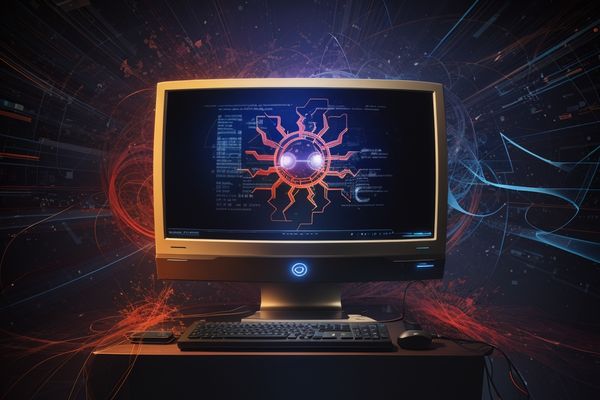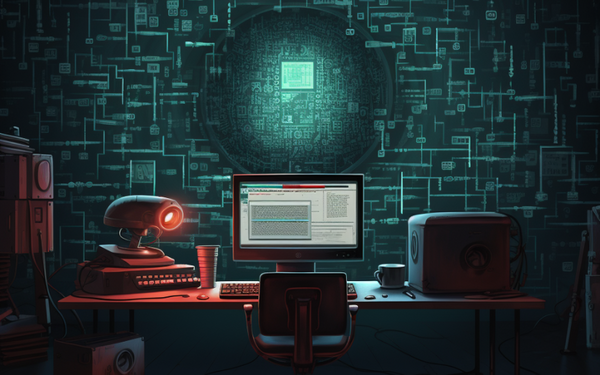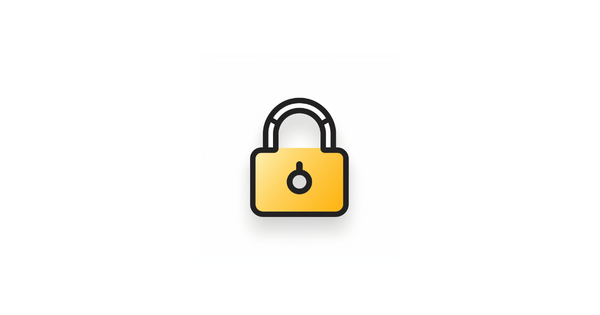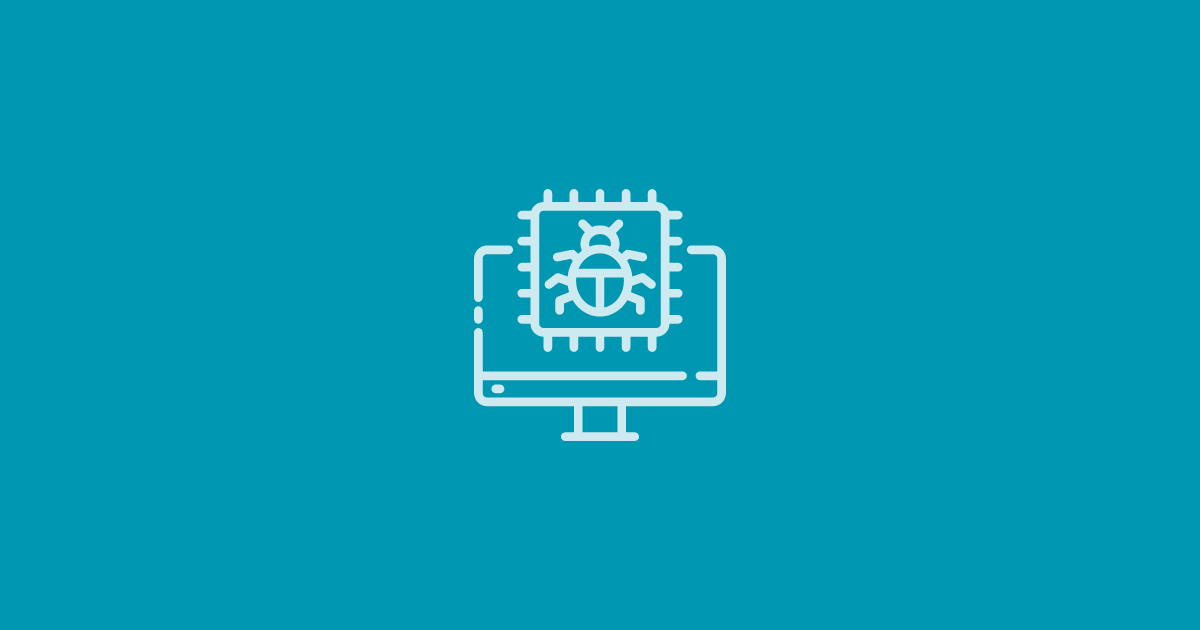Malware what is it, and how to stay protected?
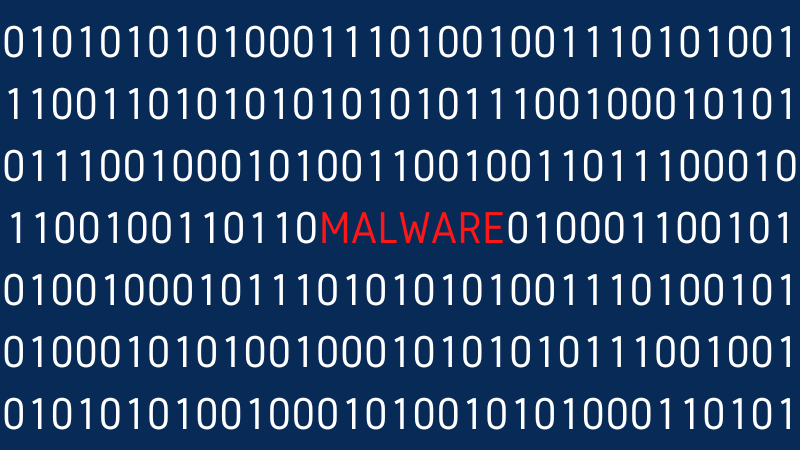
What is Malware?
Malware (short for “malicious software”) is any program designed for malicious intent and used to exploit vulnerabilities, damage, or gain unauthorized access to a system or a computer network. Malware can delete your files, steal your personal information and lock you out of your system.
Types of Malware
Virus – a software program that attaches itself to a program. Which can then replicate and spread after a person runs the program on their system. Viruses can slow down your system resources, destroy data and capture keystrokes.
Worms – a standalone malware computer program that can duplicate itself in order to spread to other computers. It travels across network connections to spread itself. The difference between a virus and a worm, a worm can execute independently on its own versus a virus that needs a host application.
Trojan Horse – a software program that disguises itself as regular programs, e.g. games, antivirus programs, and disk utilities. When these programs run the malicious users are able to do any activities such as exporting files, modifying data, and deleting files to the system.
Spyware – a type of software that is installed on a user’s system without their knowledge or permission. It monitors the user’s browsing activity and steals sensitive information like banking information and passwords.
Spam – is digital junk mail and unsolicited communications sent in bulk through an electronic messaging system. Spam is a security concern because it can contain links in emails to phishing websites or other sites hosting malware.
Phishing – a type of social engineering where an attacker sends a fraudulent message designed to trick a person into revealing sensitive information.
Email Spoofing – is the creation of email messages with a forged sender address to manipulate the recipient that it originated from a trusted source. Scammers use this method of deception because they know the person will more likely engage with the email content.
Ransomware – is a malware designed to deny a user or company access to their files using encryption. The attacker will demand a ransom payment in exchange for the private key to use to decrypt the files.
Signs of Malware on your system
- Computer performance slows down
- System crashes
- Random popup ads
- Default browser changes
How do I get Malware?
The most common ways to get malware on your system are through the internet and email. Anytime you visit a website that’s been hacked, download infected files, install an app from an unfamiliar source or open a malicious email attachment.
How to remove Malware
Step 1. Disconnect from the internet
Discount your system from the internet, this keeps your system from sending information back to the malware server.
Step 2. Enter Safe Mode
Safe mode allows only minimal programs to startup, in the event you have malware on your system, this mode will help make it easier to remove it.
Step 3. Check your activity monitor
Go through the activity monitor and locate the malicious software, select it, and quit the program.
Step 4. Run a malware scanner
At this stage, you’re ready to fix your system. Running a malware scanner is usually enough to get rid of most infections. If you already had an antivirus installed on your computer, you should download a different malware scanner than what you’re using. I recommend Malwarebytes, the free version is sufficient enough to use.
Step 5. Fix your browser
Check your browser’s homepage address to make sure it’s correct, malware will modify your homepage so that it can reinfect your system. Once you’ve verified your homepage settings check your extensions for any malicious extensions that may have been added.
Summary
Now with this information on malware, we hope this sheds light on the dangers of malware and the importance of staying vigilant on security practices. Remember to update your systems regularly.

